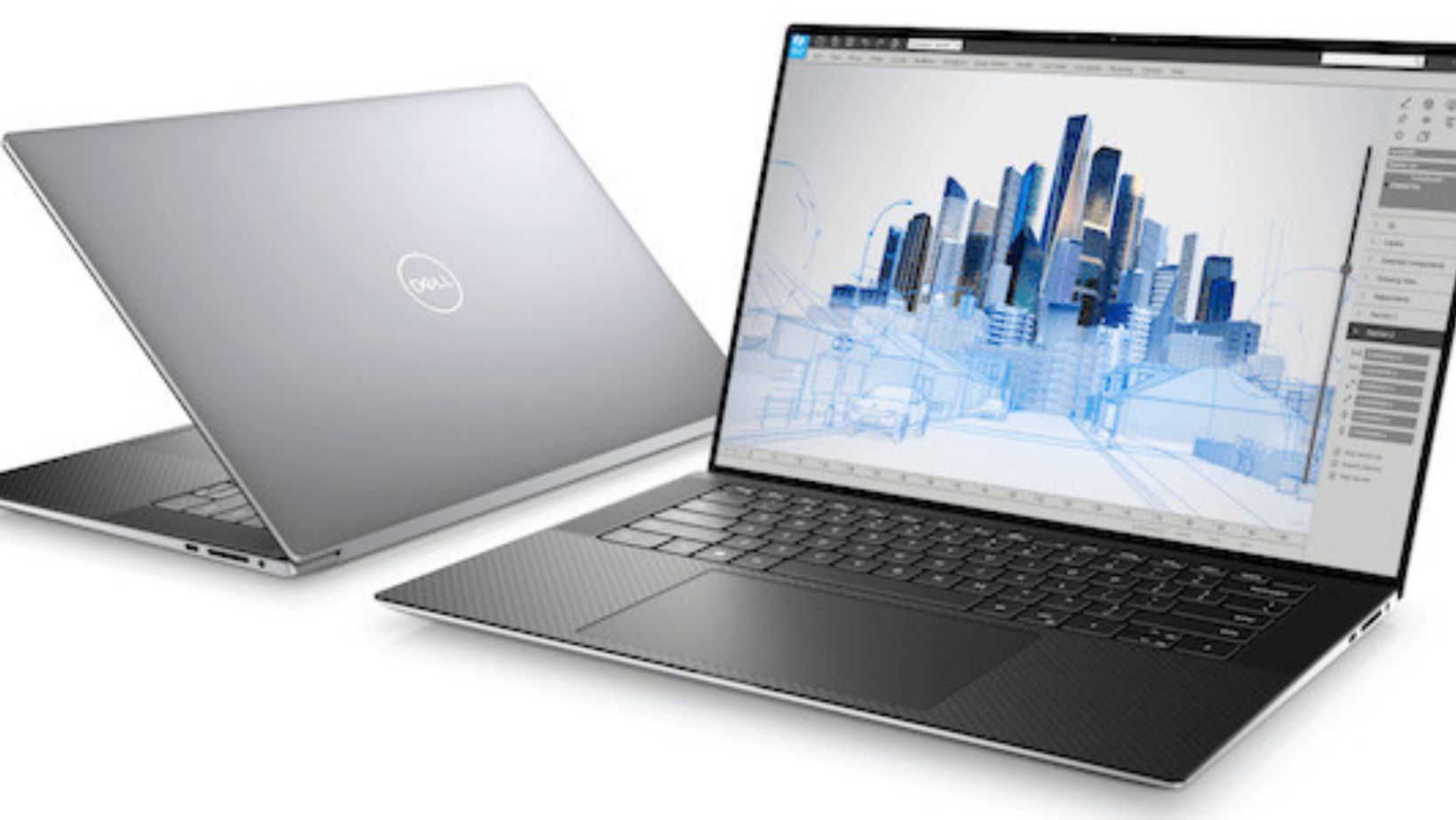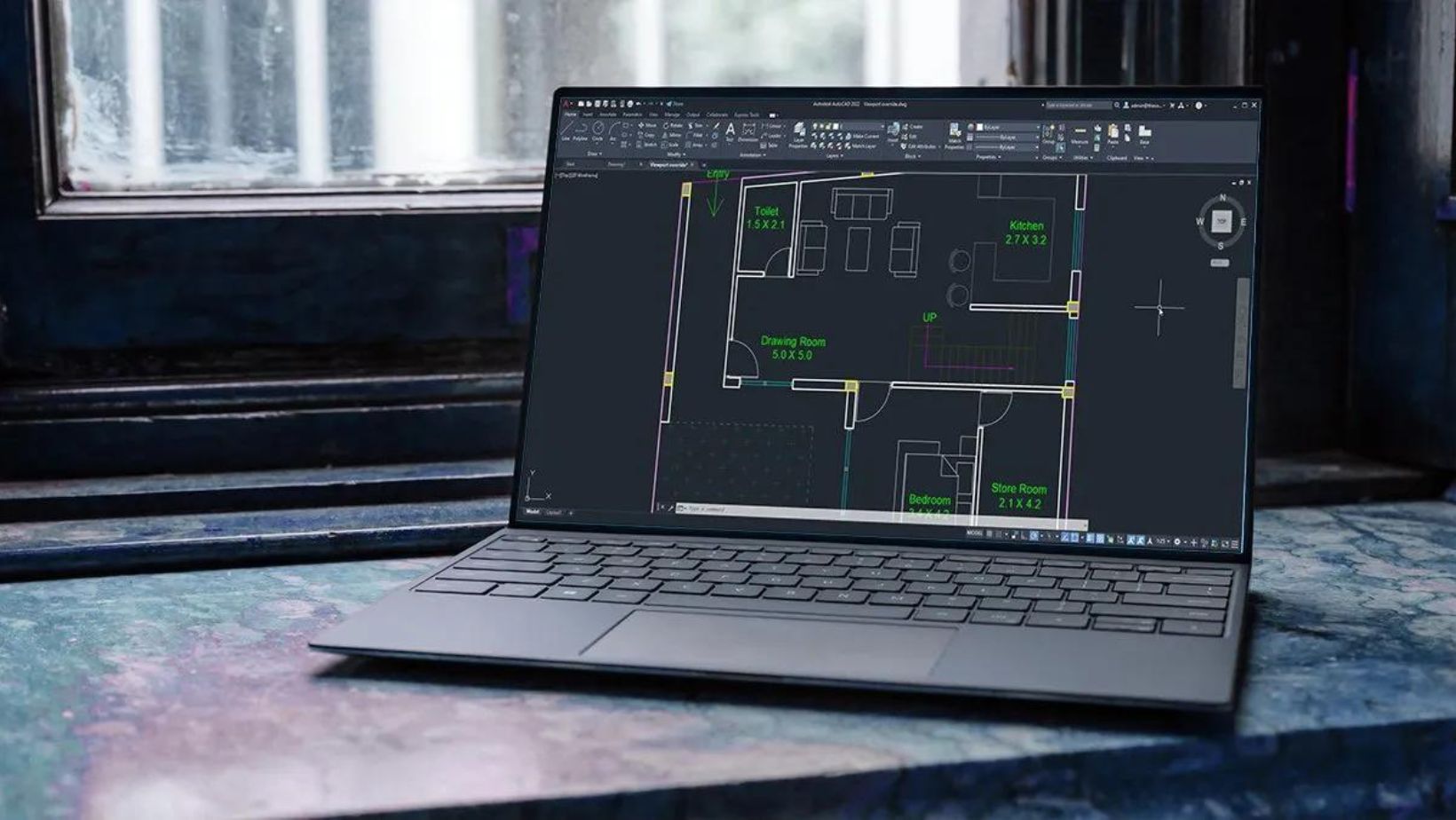Best Laptops for Autocad and Revits
When it comes to running resource-intensive programs like AutoCAD and Revit, performance is key. You’ll want a laptop with a fast processor, ample RAM, and dedicated graphics capabilities. These features will ensure smooth navigation through complex designs and renderings without any lag or slowdowns.
Additionally, a large high-resolution display is crucial for working on detailed projects. It allows for better visibility of intricate design elements and reduces eye strain during long hours of work. A spacious storage drive is also advantageous as it provides enough space to store your project files without compromising on speed.
Processing Power
Choosing the Right Processor
When it comes to selecting a laptop for AutoCAD and Revit, one of the most crucial considerations is the processor. The processor acts as the brain of your machine and determines how efficiently it can handle complex tasks like rendering 3D models or running simulations.
To ensure smooth performance, opt for a laptop with a powerful multicore processor. Look for processors from reputable brands like Intel or AMD, which offer high clock speeds and multiple cores. For AutoCAD and Revit, consider processors from Intel’s Core i7 or i9 series or AMD’s Ryzen 7 or Ryzen 9 series.
Understanding the Minimum System Requirements
Before diving into the world of laptops for AutoCAD and Revit, it is essential to familiarize yourself with their minimum system requirements. These specifications are provided by Autodesk, the developers of these software applications, to ensure optimal performance.
For AutoCAD, Autodesk recommends a minimum of an Intel Core i5 processor (or equivalent) with at least 8GB RAM. However, for better performance when working on large projects or handling complex drawings, opting for higher specifications is advisable.
Revit requires more processing power due to its advanced features. Autodesk suggests at least an Intel Core i7 processor (or equivalent) with 16GB RAM as a starting point. Again, if you’re dealing with larger projects or want smoother multitasking capabilities, consider upgrading beyond these minimum requirements.

Comparing Processing Power of Different Laptops
When comparing laptops’ processing power, look out for factors such as clock speed (measured in GHz), number of cores (dual-core vs quad-core vs octa-core), cache size (larger caches provide faster access to frequently used data), and generation (newer generations usually offer improved performance).
You can also refer to benchmark tests and user reviews to get a better understanding of how different laptops perform in real-world scenarios. Keep an eye out for laptops that excel in tasks similar to what you’ll be doing with AutoCAD and Revit.
Graphics Card
When it comes to running AutoCAD and Revit smoothly, having a powerful graphics card is crucial. The graphics card plays a significant role in rendering 3D models, handling complex designs, and ensuring a seamless experience. Let’s dive into what you should look for when choosing a graphics card for these demanding applications.
- Dedicated Graphics Memory: Having dedicated memory on your graphics card is essential for handling large files and complex designs in AutoCAD and Revit. Look for a card with at least 4GB of VRAM (Video Random Access Memory) or more to ensure smooth performance without any lag or slowdowns.
- GPU Architecture: The architecture of the graphics processing unit (GPU) determines its efficiency and performance capabilities. For optimal results with AutoCAD and Revit, go for cards based on NVIDIA’s GeForce GTX or Quadro series or AMD’s Radeon Pro series. These cards are designed specifically for professional workloads and provide excellent support for CAD software.
- CUDA Cores (NVIDIA) or Stream Processors (AMD): CUDA cores on NVIDIA cards or stream processors on AMD cards are responsible for parallel processing, which helps accelerate rendering times and improve overall performance while working with complex designs in AutoCAD and Revit. Aim for higher core counts to handle resource-intensive tasks seamlessly.
- Compatibility with Software: It’s essential to ensure that the graphics card you choose is certified by Autodesk, the company behind AutoCAD and Revit, as compatible with their software. Being certified means optimal performance as the drivers are optimized specifically to work well with these applications.
- Cooling System: Running resource-intensive software like AutoCAD and Revit can put a strain on your computer’s components, including the graphics card. Look for cards equipped with efficient cooling systems such as dual fans or advanced heat dissipation techniques to prevent overheating during long design sessions.
Remember that investing in a high-quality graphics card will not only enhance your experience with AutoCAD and Revit but also future-proof your machine for upcoming software updates and advancements.




